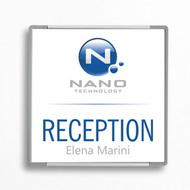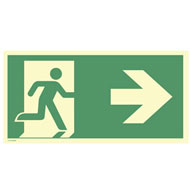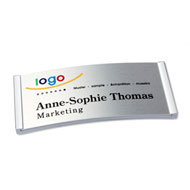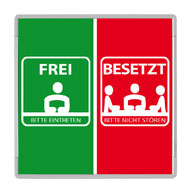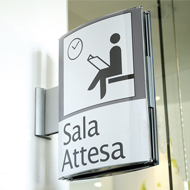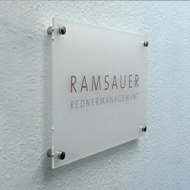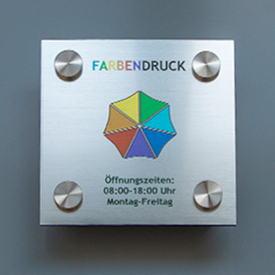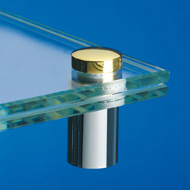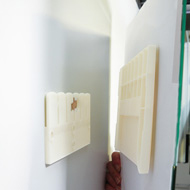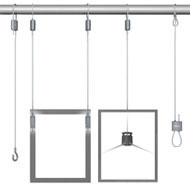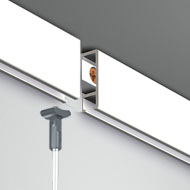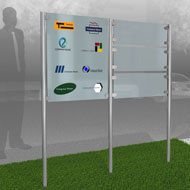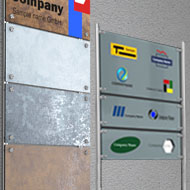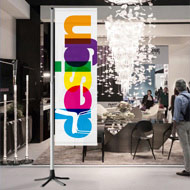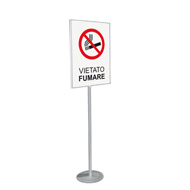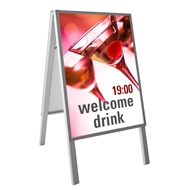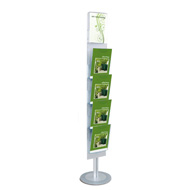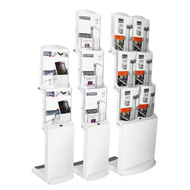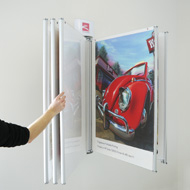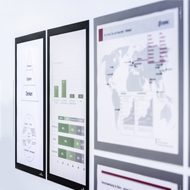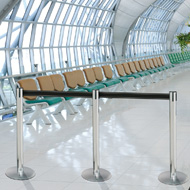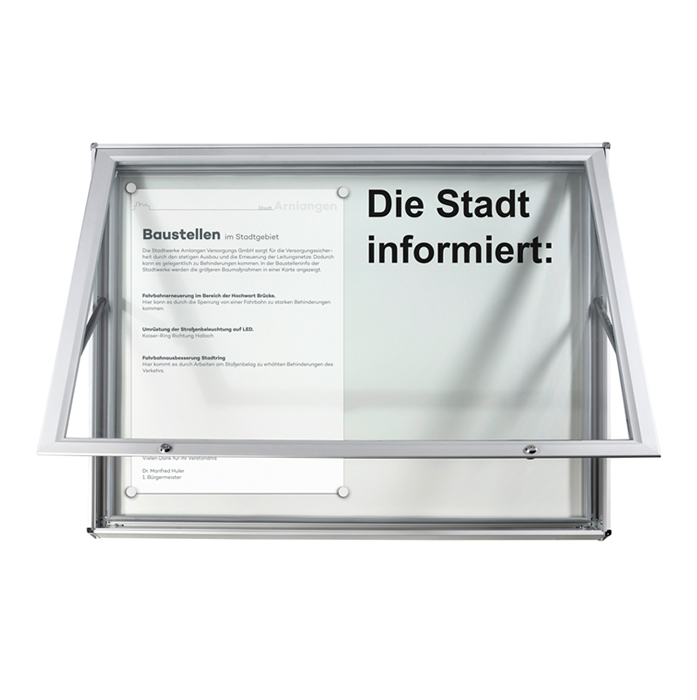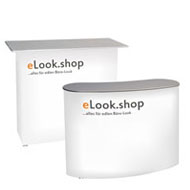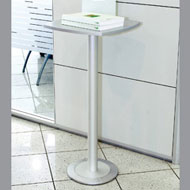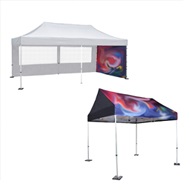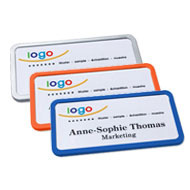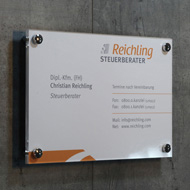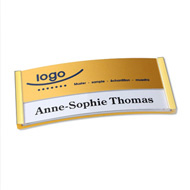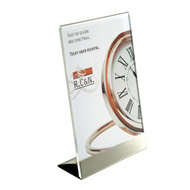Digital or classic signage: Choosing the right one for your practice
Sunday, September 1, 2024
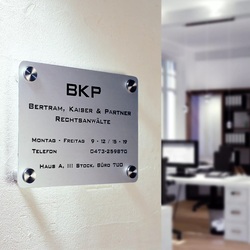 Choosing the right signage for your practice is crucial for clear communication and efficient navigation. You have the choice between digital and classic signs. Both have their advantages and disadvantages. In this article, we compare the two types of signage to help you choose the best solution for your practice.
Choosing the right signage for your practice is crucial for clear communication and efficient navigation. You have the choice between digital and classic signs. Both have their advantages and disadvantages. In this article, we compare the two types of signage to help you choose the best solution for your practice.Classic signs
The benefits of classic signage are many. The first is that traditional signs are inexpensive. They are generally cheaper to purchase and install. They are also low-maintenance and do not require regular software updates. To make the classic signs, high-quality materials such as metal, acrylic or glass are used increase longevity and wear resistance. And another important aspect is that these signs are always independent of power sources and technical failures.Conventional signs also have some disadvantages, such as static information. Changing this information requires replacing or remaking the entire sign, which can be time-consuming and costly. These signs also have limited flexibility: their design options are limited, especially when frequent updates or changing information are required. Compared to digital signs, traditional signs are less conspicuous and therefore may attract less attention than dynamic digital displays.
Digital signs
The first advantage of digital signage is its flexibility. The content can be updated quickly and easily, which is particularly advantageous when information changes frequently. Another advantage of digital signs is interactivity. Signs can include interactive elements such as touchscreens, videos and animations that increase patient engagement. The ability to display different content at different times – i.e. dynamic content – also increases the relevance and attractiveness of digital signage. Thanks to the ability to integrate into existing IT systems, the digital display boards can display real-time information such as waiting times or appointment announcements.Of course, all of these advantages of digital signage come with higher costs. Digital signs are typically more expensive to purchase and install than classic signs. In addition, the digital signs depend on the technology: They require regular maintenance and updates as well as a reliable power supply. And their implementation is often associated with increased complexity as they may require specialized technical knowledge.
Possible uses and areas of application
 Both classic and digital signs are used in almost all areas of practice.
Both classic and digital signs are used in almost all areas of practice.✔
In the reception area, the traditional signs are often used as welcome signs, to display opening times or for basic information. Digital signage, on the other hand, offers the opportunity to display welcome texts, current waiting times and practical tips or to advertise special services.✔
In waiting rooms, conventional signs are often used to communicate rules of behavior such as "cell phone off" or "quiet zone". . Digital signage can also display entertainment content such as videos or news, health information and calls to treatment rooms to make the waiting time more pleasant.✔
In the treatment rooms, classic signs are usually limited to simple room names such as “Treatment Room 1” or “X-ray”. Digital signs, on the other hand, can display specific information such as patient names, appointments and preparatory instructions.✔
In the corridors and for orientation, conventional signs are widely used as signposts and room identification. Digital signage offers advanced functions such as interactive maps, dynamic signposts and up-to-date information about changes or emergency notifications, which make navigation easier and better for patients.Which sign is right for your practice?
What factors should you consider when choosing the right sign for your practice?1. The budget is probably the most important aspect. If your budget is limited, classic signs are a more cost-effective option. They are characterized by longevity and low maintenance costs. However, if you are willing to invest in a flexible and forward-looking solution, digital signs offer long-term benefits due to their adaptability and dynamism.
2. Another crucial factor is the frequency of changes in your practice. When information such as office hours or events needs to be updated frequently, digital signs are the ideal choice because they can be customized quickly and easily. Traditional signs, on the other hand, are sufficient if the information rarely changes.
3. The patient experience is also an important aspect. Digital signage has the potential to enrich this with interactive and dynamic content. You can inform and entertain patients in a targeted manner. On the other hand, conventional signs offer a classic and proven method to inform and guide patients.
4. Finally, the technical infrastructure plays an important role. Before choosing digital signage, make sure your practice has the necessary infrastructure, including stable power and IT support. Сlassic signage does not require any special technical infrastructure and is therefore more straightforward in this regard.
